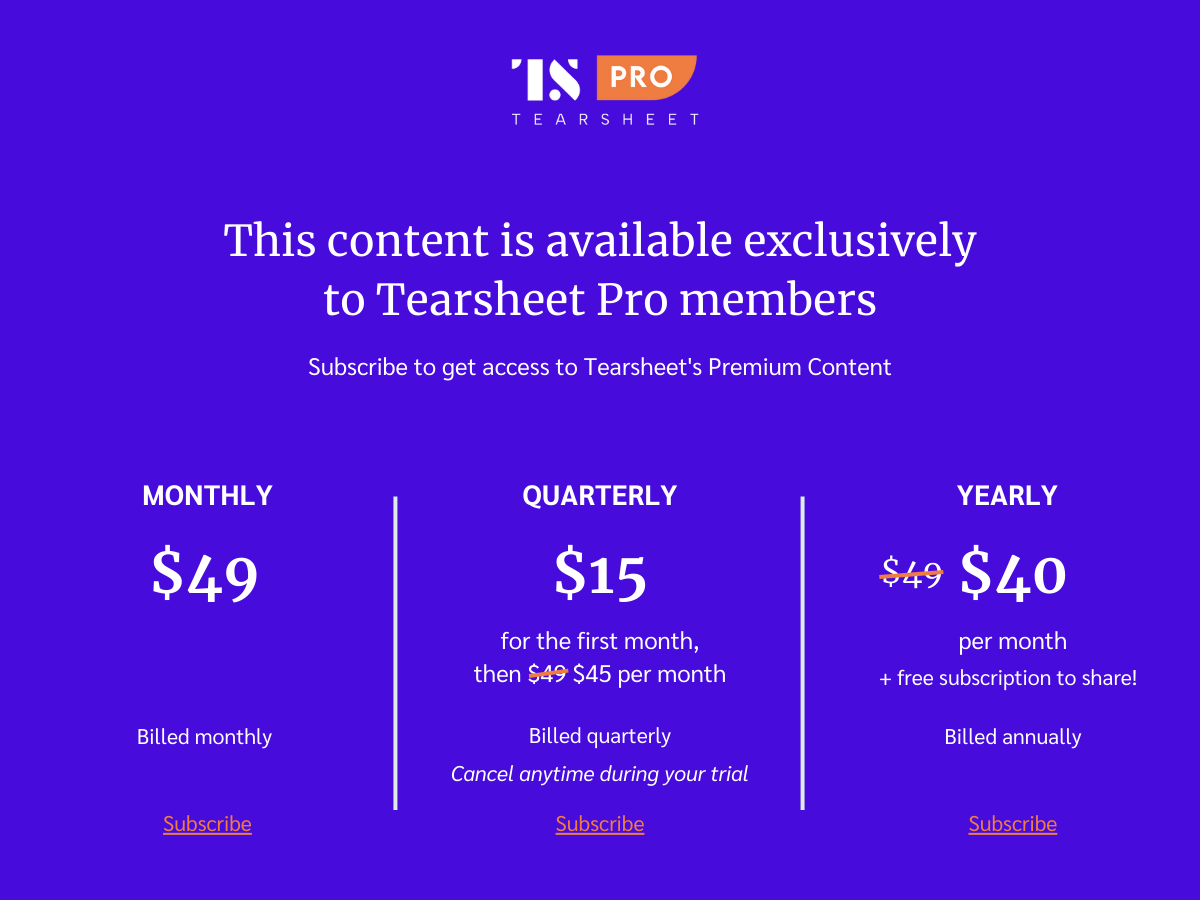How Payoneer is embedding itself as an essential engine in its clients’ operational workflows
- Payoneer is focused on sustained growth by embedding itself deeper into the core operations of the global SMBs and digital-first enterprises it serves.
- Chief Product & Technology Officer shares the thinking behind the company's recent product updates and how they align with the company’s goal of becoming core to its clients’ financial infrastructure.

Payoneer’s approach: embed deeply within businesses, not just alongside them
Payoneer is focusing on sustained growth. The company is increasingly integrating itself into the core operations of its users, particularly the fast-growing global SMBs and digital-first enterprises it serves.
The company’s recent product updates demonstrate its ambitions, positioning itself as a critical platform for how global businesses transfer and manage funds.
A key part of this update is Payoneer’s new integration with NetSuite. It allows for real-time data syncing between Payoneer and NetSuite’s ERP system, helping businesses cut down on manual uploads and reduce the typical end-of-month reconciliation workload.
In addition, Payoneer now supports PayPal payments globally, giving businesses another option for how they get paid. Combined with features like unified payment requests and automated invoicing, these tools are meant to ease the operational burden, particularly for smaller teams managing payments with limited resources.
The third product update enables local spending in Japanese Yen via Payoneer Card and smarter FX tools (including real-time alerts and target rate conversions). This hints at a broader strategy: helping businesses manage global money flows with the same ease they expect from domestic tools.
I had a conversation with Oren Ryngler, Payoneer’s Chief Product & Technology Officer, to learn about the motivation driving these product enhancements and how they support the company’s goal of becoming a foundational part of its clients’ financial infrastructure.
…



